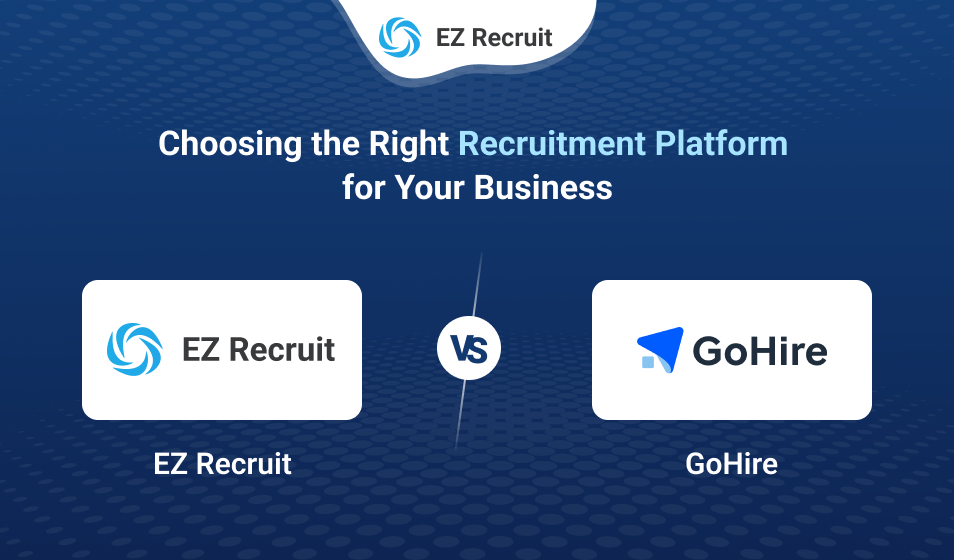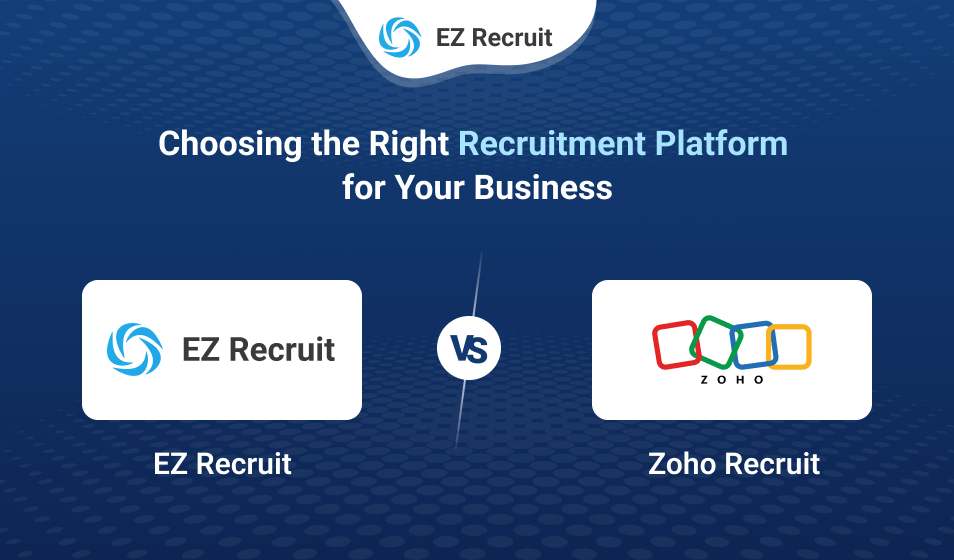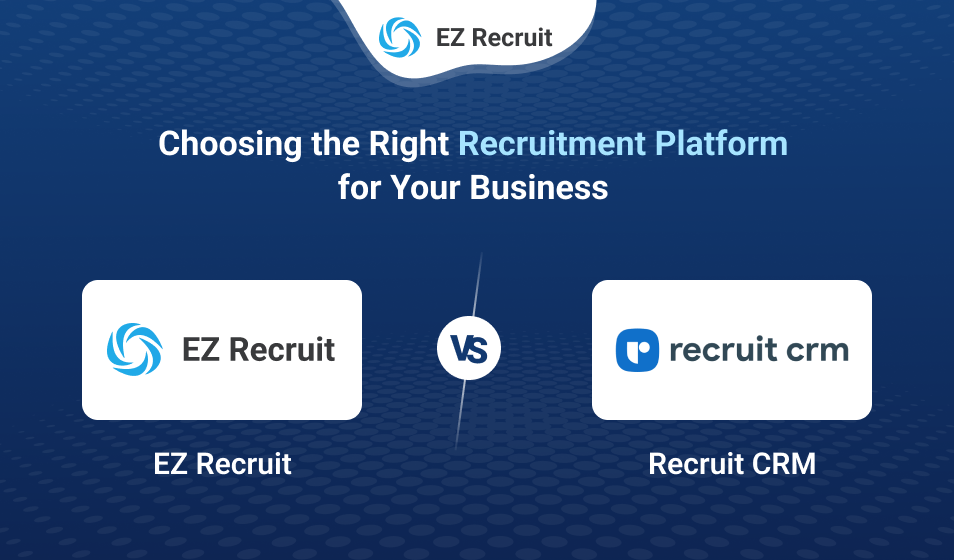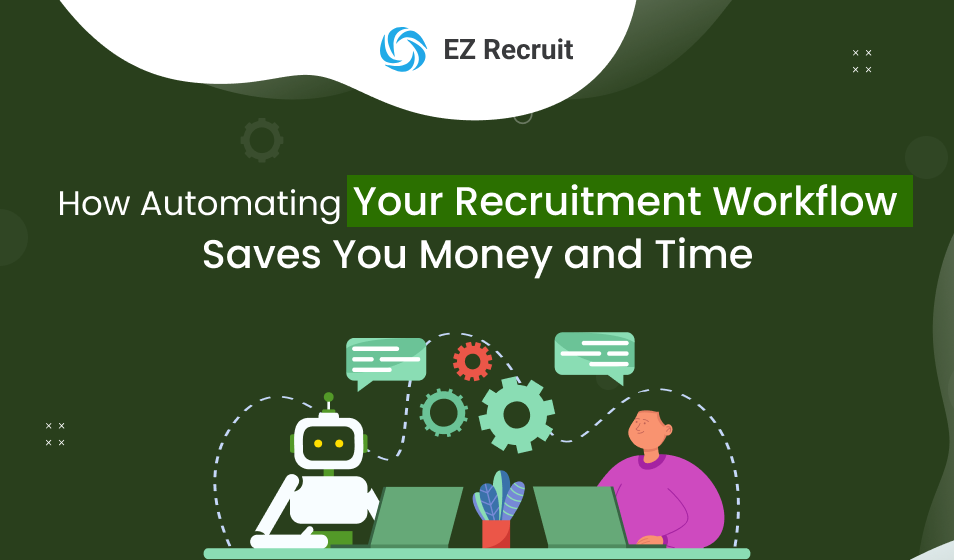With the highly competitive job market of today, recruitment agencies and HR professionals are seeking to automate, hire the best, reduce time-to-hire, among other things. Two of the tools utilized, namely ATS (Applicant Tracking System) and Recruitment CRM (Candidate Relationship Management), are often discussed in tandem and, even at times, mistaken for each other.
Although both technologies are at the heart of modern-day hiring, they serve quite distinct purposes. If you’re looking to determine which one your business requires or whether you need to use both, this article will clarify the process and allow you to make a more informed hiring technology investment.
What is an ATS?
An Applicant Tracking System (ATS) is a computer application that automates and manages the recruitment process, from posting jobs to including final hiring decisions. Think of it as one system that keeps all the processes in line after a candidate is introduced into the hiring process.
Key functions of an ATS:
- Job posting and syndication across multiple job boards
- Resume parsing to extract candidate data automatically
- Application tracking to monitor candidate progress through hiring stages
- Interview scheduling and collaboration tools for hiring teams
- Compliance tracking for GDPR, EEOC, etc.
- Reporting and analytics to improve recruitment efficiency
For businesses that deal with a high volume of applications, an applicant tracking system (ATS) is essential. It streamlines the hiring process, eliminates manual labor, and makes sure nothing falls through the cracks.
What is a Recruitment CRM?
A Recruitment CRM (Candidate Relationship Management) system is all about pre-emptive engagement. Instead of following up applications, a recruitment CRM is used to build and nurture relationships with possible candidates prior to application.
Key functions of a Recruitment CRM:
- Talent pool creation for current and future openings
- Email campaigns to engage passive candidates
- Personalized candidate journeys
- Candidate segmentation and tagging
- Event and sourcing campaign tracking
- Engagement analytics
A recruitment CRM focuses on long-term candidate relationships, ideal for talent acquisition teams that want to build pipelines of qualified, interested candidates, particularly in hard-to-fill or highly competitive roles.
ATS vs Recruitment CRM: The Core Differences
| Feature | ATS | Recruitment CRM |
| Primary focus | Managing active applicants | Engaging passive and future candidates |
| Stage of hiring | Post-application | Pre-application |
| Key objective | Organize and streamline hiring workflow | Build talent pipelines and relationships |
| User types | Recruiters, hiring managers, HR admins | Sourcers, talent marketers, recruiters |
| Candidate relationship | Transactional | Relational |
| Communication style | Trigger-based, mostly status updates | Proactive, personalized messaging |
| Data type managed | Applicants | Prospects and leads |
When to Use an ATS
You’ll benefit most from an ATS if:
- You receive hundreds (or thousands) of job applications regularly
- You need structured workflows and automation for the hiring stages
- You want to stay compliant with labor laws and data regulations
- You collaborate with multiple stakeholders during hiring
Most companies with active hiring processes already use an ATS in some form. It’s the backbone of applicant management.
When to Use a Recruitment CRM
You’ll benefit most from a Recruitment CRM if:
- You’re hiring for niche roles that require active sourcing
- You want to reduce dependency on job boards and third-party agencies
- You’re building a long-term talent community
- You want to re-engage silver-medal candidates or past applicants
CRM tools are especially useful for proactive recruitment, when you’re building relationships with potential candidates well before a job opens up.
Choosing the Right Solution for Your Team
Here’s a simple way to decide what your team needs:
- If your challenge is high volume, managing lots of resumes, organizing hiring steps, and reducing administrative tasks, start with a robust ATS.
- If your challenge is quality and scarcity, finding top-tier candidates in competitive markets or building future talent pipelines, invest in a Recruitment CRM.
- If you face both challenges, the best option is a combined platform or two integrated tools that sync data smoothly.
The Conclusion
With a global economy that’s more competitive than ever before, relying solely on an ATS is like net fishing in the corner of the ocean. You may catch some fish, but you’ll overlook the jewels deeper down.
By combining the pace of an ATS with the power to establish relationships of a Recruitment CRM, businesses can create an evergreen recruitment strategy that produces ultimate quantity and quality. Whether you’re hiring at scale or building long-term talent pipelines, understanding the difference between a Recruitment CRM and an ATS is the first step towards smarter hiring. Want to future-proof your talent search? Find solutions that combine both ATS and CRM capabilities, and find, connect with, and hire high performers with confidence. Book a demo today to explore how it works or Contact Us to get your questions answered.





